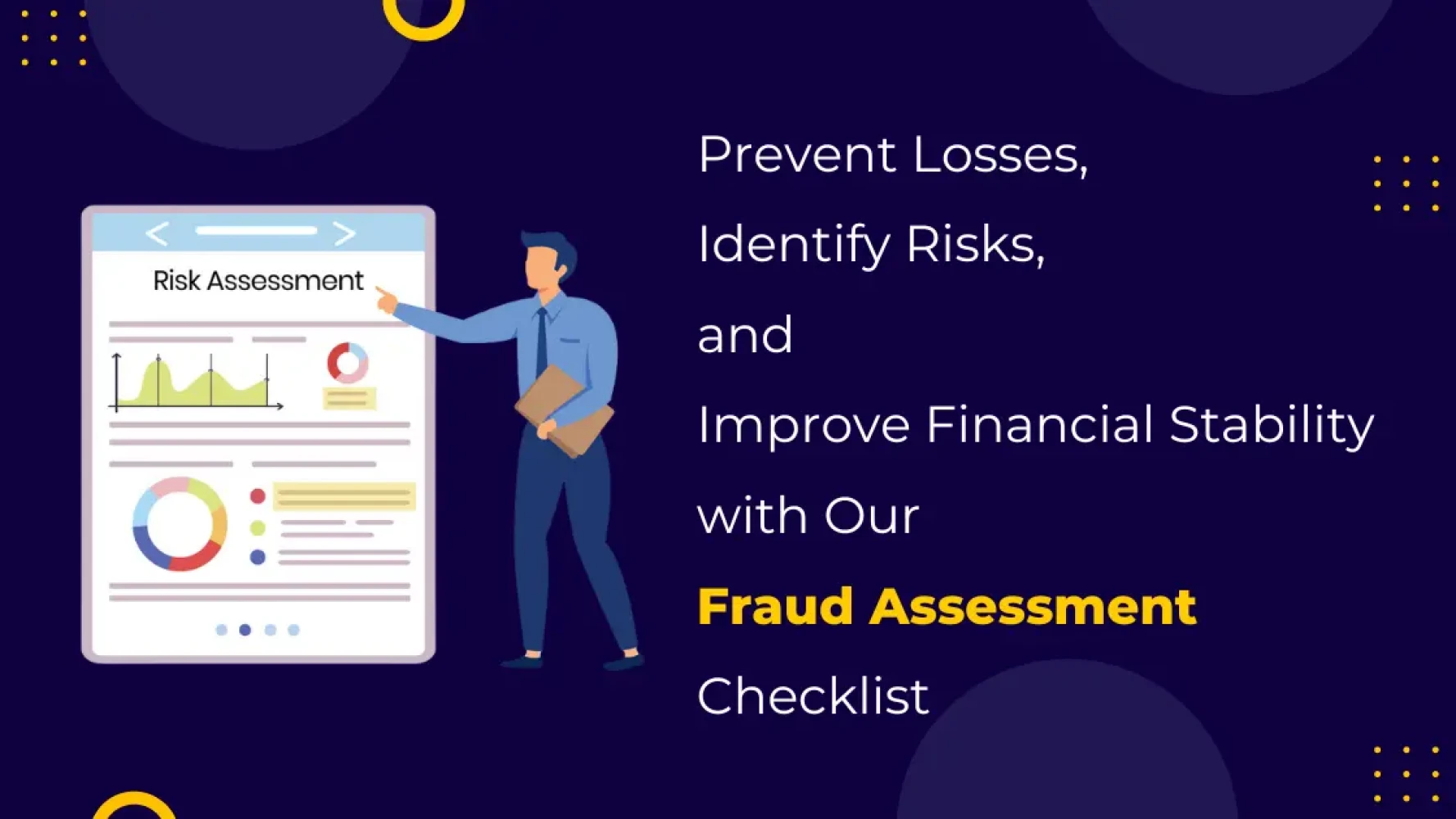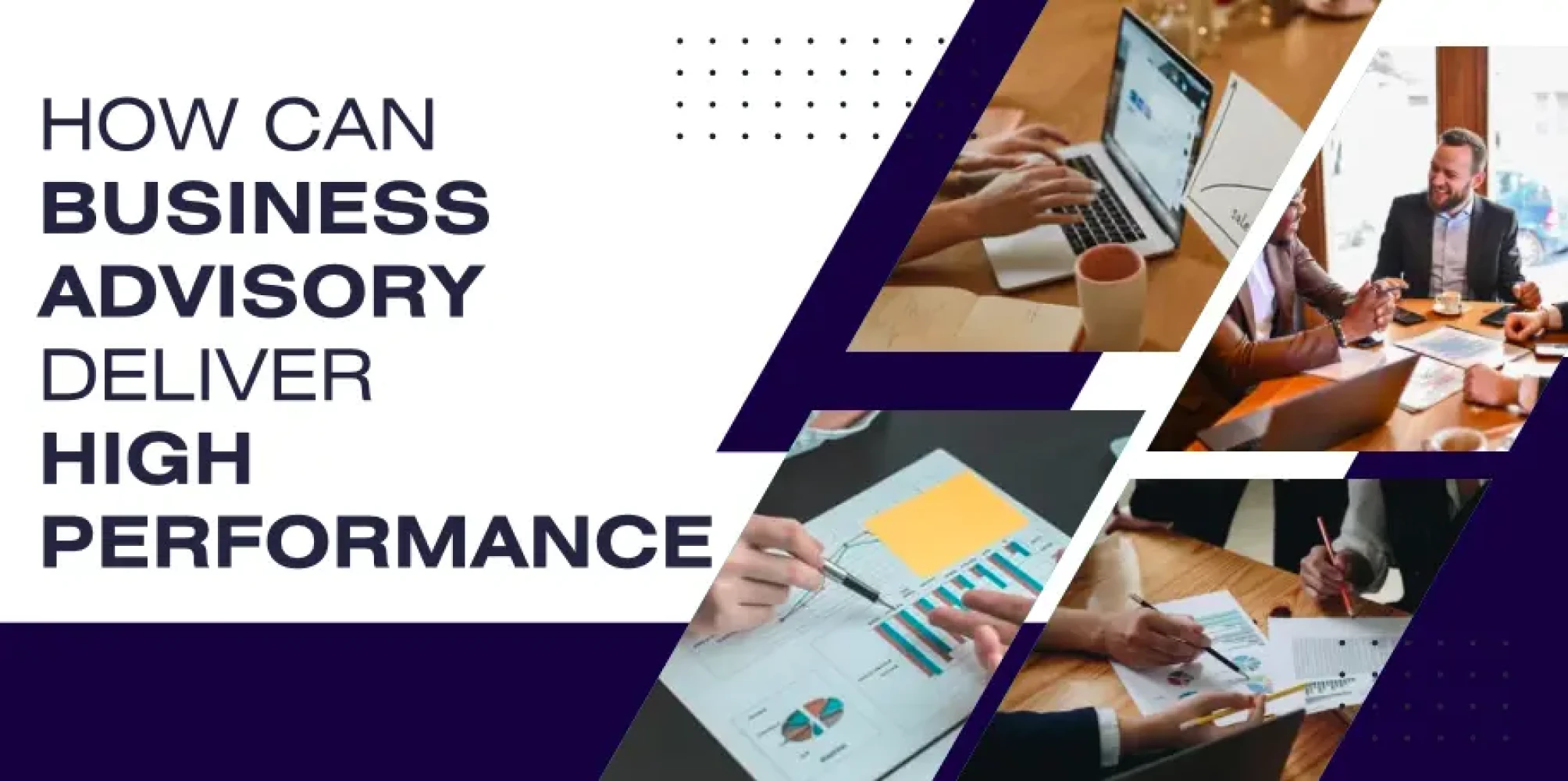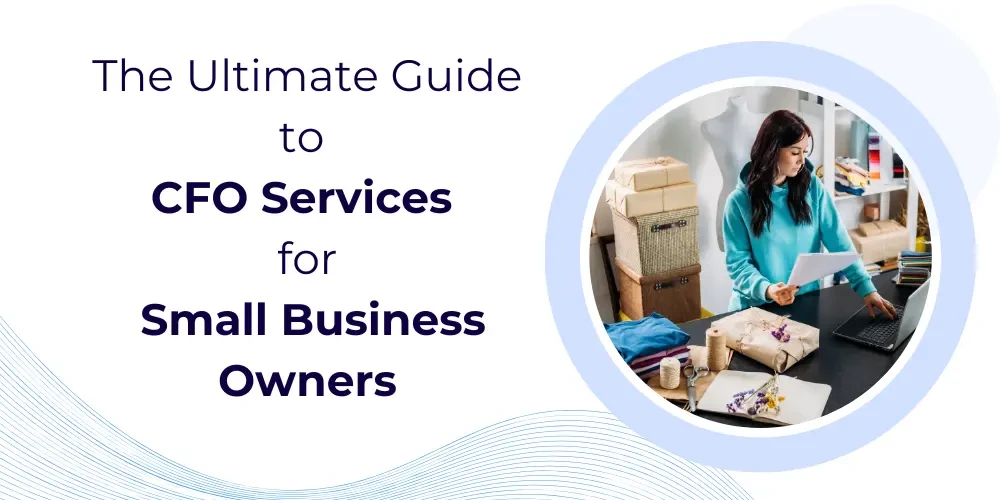Table of Contents
As business leaders navigate the digital era, the risk of fraud poses a significant threat to enterprises of all sizes and across all industries. Fraud can take many forms, from internal embezzlement and asset misappropriation to external cybercrimes and vendor fraud. The consequences of fraud can be devastating, leading to financial losses, reputational damage, and erosion of stakeholder trust. According to the Association of Certified Fraud Examiners (ACFE), the typical organization loses 5% of its annual revenue to fraud. This financial burden is compounded by the indirect costs associated with investigating and resolving fraud cases, legal fees, and the potential loss of business opportunities. Furthermore, the reputational damage caused by fraud can be challenging to overcome, potentially leading to a loss of customer confidence and diminished market share.
Recognizing the importance of fraud risk assessment is crucial for business owners and executives to safeguard their organizations and ensure long-term sustainability. To combat this pervasive threat, we have developed a comprehensive fraud assessment checklist – an intuitive tool designed to help organizations identify vulnerabilities and mitigate fraud risks effectively. This checklist serves as a robust framework for assessing and addressing potential fraud risks across various aspects of your business operations. Let’s understand how you can leverage this comprehensive checklist for your organization.
What’s in the Fraud Assessment Checklist?
Our Fraud Risk Assessment Checklist is divided into five distinct sections, each addressing a critical area of fraud risk management:
Fraud Risk Awareness and Culture: The section focuses on fostering an organizational culture that promotes integrity, ethical behavior, and a zero-tolerance approach to fraud. It encompasses elements such as tone at the top, employee training, and whistleblower policies.
Internal Controls, Financial Reporting, and Oversight: Robust internal controls and financial reporting processes are essential for detecting and preventing fraud. This section covers areas like segregation of duties, financial statement audits, and independent oversight mechanisms.
Access Controls, IT Security, and Cyber Threats: In the digital age, businesses must remain vigilant against cyber threats and unauthorized access to sensitive data. This section addresses factors such as access controls, data encryption, and incident response planning.
Vendor and Third-Party Management, and Employee Screening: Effective vendor and employee screening processes are crucial for mitigating fraud risks.This section covers due diligence procedures, background checks, and ongoing monitoring of third-party relationships.
Incident Response, Reporting, and Continuous Improvement: A comprehensive fraud risk management strategy requires a well-defined incident response plan, reporting mechanisms, and a commitment to continuous improvement. This section outlines best practices for responding to fraud incidents and ensuring ongoing effectiveness of fraud prevention measures.
Benefits of using the Fraud Assessment checklist
Implementing the checklist offers numerous benefits to your organization:
Comprehensive assessment of fraud risks: The checklist provides a holistic approach to identifying and assessing fraud risks across various business functions and processes, ensuring no critical area is overlooked.
Identification of vulnerabilities and gaps: By systematically evaluating your organization's fraud prevention measures, the checklist helps uncover potential vulnerabilities and gaps that may expose your business to fraud risks.
Guidance for implementing robust fraud prevention measures: The checklist serves as a roadmap for implementing effective fraud prevention strategies, offering practical recommendations and best practices tailored to your business needs.
Fostering a culture of integrity and accountability: By emphasizing fraud risk awareness and ethical behavior, the checklist promotes a culture of integrity and accountability within your organization, instilling a sense of responsibility among employees and stakeholders.
Implementing the Checklist: A Roadmap to Fraud Risk Mitigation
The checklist is a powerful tool, but its true value lies in its effective implementation. By following a structured approach, you can leverage the checklist to drive meaningful change within your organization and fortify your defenses against fraud.
Conduct a Comprehensive Assessment- Assemble a cross-functional team to evaluate your organization's fraud risks using the checklist. Encourage open discussions and create an environment where concerns can be raised freely.
Prioritize and Develop an Action Plan- Based on the assessment findings, prioritize areas requiring immediate attention and develop a detailed action plan with specific strategies, timelines, responsibilities, and measurable objectives.
Allocate Resources and Implement- Measures Dedicate adequate resources, including personnel and financial investment, to implement the recommended fraud prevention measures from your action plan. Consider hiring additional staff, investing in technology solutions, or engaging external experts.
Communicate and Train- Develop comprehensive communication and training programs to educate employees at all levels about ethical conduct, fraud prevention measures, and their roles in maintaining a secure environment.
Monitor and Continuously Improve- Regularly assess the effectiveness of your implemented measures and adjust strategies as needed. Encourage open communication channels for reporting suspected fraud and foster a culture of continuous improvement.
Seek Professional Guidance- Consider seeking guidance from experienced fraud risk management consultants or forensic accounting experts. Their specialized knowledge can ensure a tailored and effective approach to mitigating fraud risks within your organization.
Conclusion
Safeguarding your business from the devastating impacts of fraud is a critical responsibility that demands proactive measures and unwavering vigilance. In an increasingly complex business landscape, where fraudsters continuously evolve their tactics, complacency can prove costly. The NSKT Fraud Risk Assessment Checklist empowers you to take control and fortify your defenses against this pervasive threat. By implementing this comprehensive checklist, you can foster a culture of integrity, identify vulnerabilities, and implement robust fraud prevention strategies tailored to your organization's unique needs and risk profile.
Don't wait until it's too late. Download the NSKT Fraud Risk Assessment Checklist today and take the first step towards protecting your business, your reputation, and your long-term success.







